We measure thoroughly and accurately
Photogrammetry / drone photography
Drone surveying allows for the collection of large amounts of field data in a very short time. It is ideal for surveying large agricultural areas, roads, rivers and canals, as well as inaccessible areas or objects that cannot be surveyed using contact methods or would be extremely time-consuming and expensive to survey.
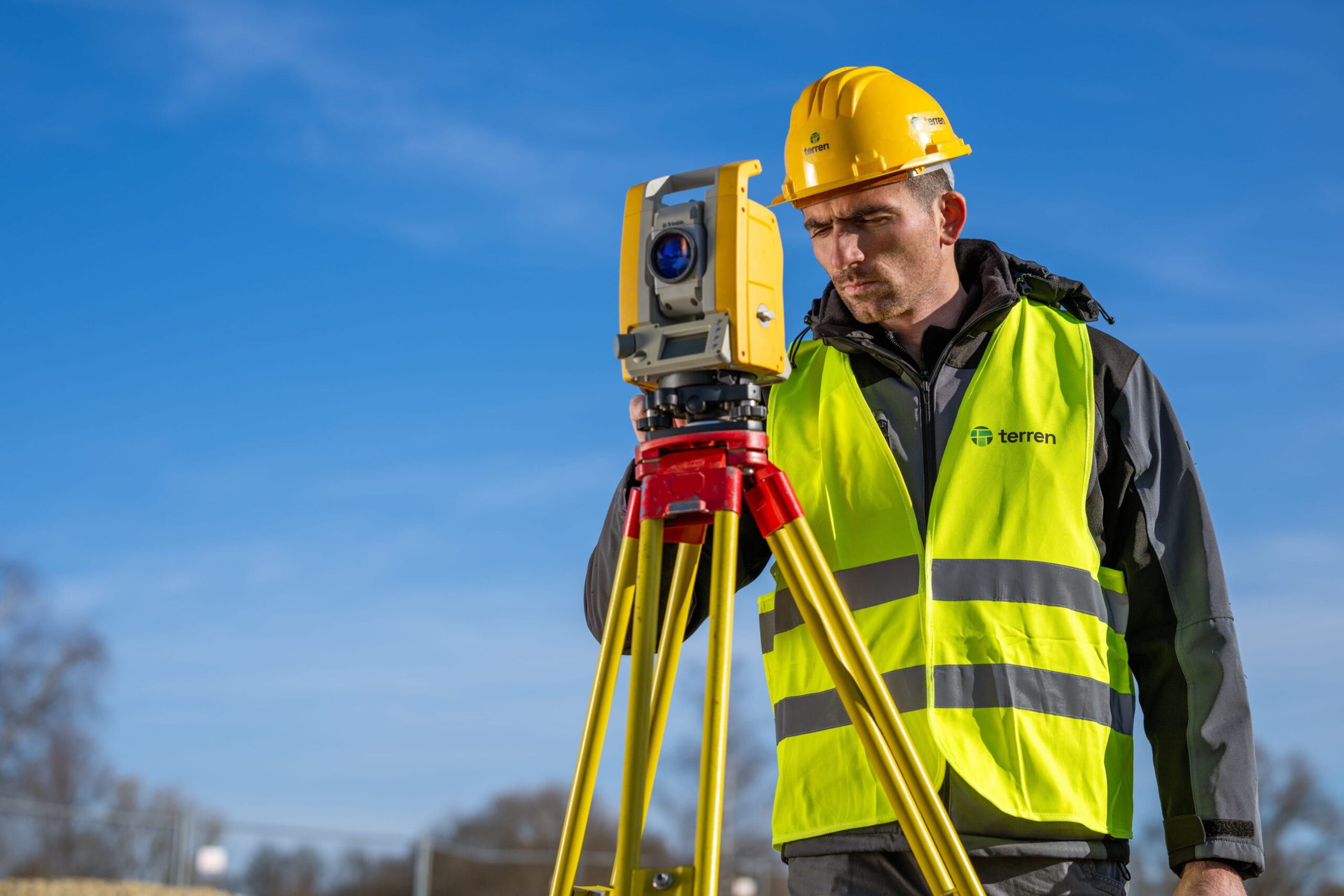
The captured photographs are transformed into a three-dimensional point cloud that can be used for various analyses, visualizations and projects, and other aerial photogrammetric survey products are also obtained from it – a 3D model, a digital terrain model and a digital orthophoto.
This surveying method makes it possible to monitor the construction phases and progress of construction projects, determine the condition of crops and plan sowing and irrigation, document the condition of various structures whose inspection is otherwise expensive, analyze and calculate the volume of excavation and embankment, create 3D models and digital terrain models, as well as digital orthophotos.
This surveying method makes it possible to monitor the construction phases and progress of construction projects, determine the condition of crops and plan sowing and irrigation, document the condition of various structures whose inspection is otherwise expensive, analyze and calculate the volume of excavation and embankment, create 3D models and digital terrain models, as well as digital orthophotos.
Examples of what it is used for:
monitoring of construction sites, monitoring of crops in agriculture, damage assessment, calculation of the volume of excavations and embankments, digital terrain models, etc.
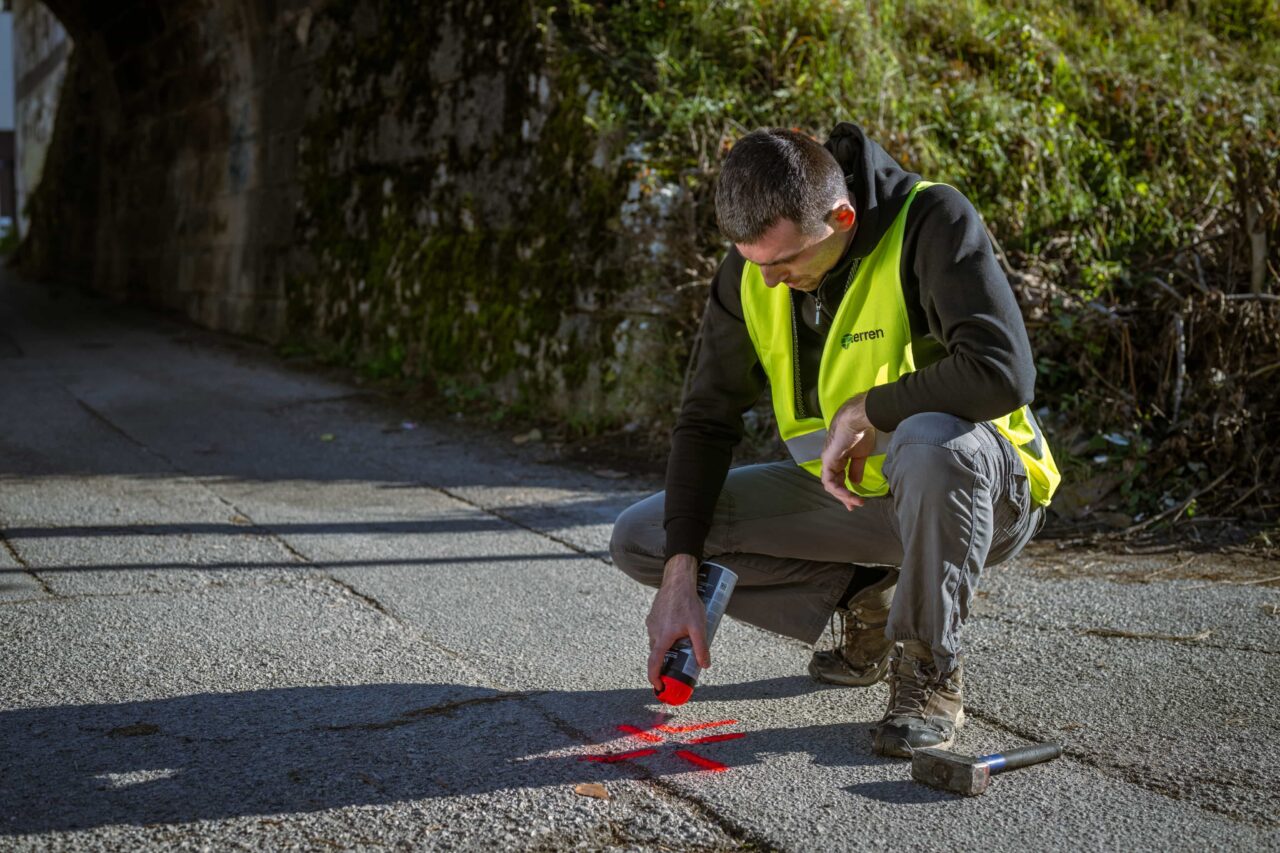
Photogrammetry capabilities
01
Construction site monitoring
The photographs obtained during the survey can be used to monitor the construction phases of a building and the progress of construction projects. They provide insight into the situation on the ground and inform stakeholders about the progress of the project. The main advantage of drone photography is that there is no need to stop or slow down construction work on the site or close traffic routes, and the survey itself does not pose a danger to the surveyor.
02
Crop monitoring in agriculture
With a drone, it is possible to determine the condition of crops on a large area without entering the field, determine the area under each crop and estimate the yield accordingly. With the creation of a suitable orthophoto base, sowing and irrigation can be planned more efficiently.
03
Inspections of large and complex structures, damage assessment
Since direct contact is not required, drones have a wide range of applications for inspecting and documenting the condition of various structures that would otherwise be expensive, difficult, or potentially unsafe for humans to inspect. Objects that fall into this group include power lines, mobile communication towers, bridges, railway tracks, solar panels, windmills, monuments, ruins, roofs of tall buildings, and the like. In the event of natural disasters, it is safer to send a drone on a reconnaissance mission first than to risk the safety of the survey team.
04
Analyses – calculation of excavation and embankment volumes
Calculation of construction excavations or embankments using classical methods is often a rough estimate because classical methods collect a small number of terrain points and interpolate the volume. The photogrammetrically obtained point cloud contains data on the terrain height at a resolution of 3×3 cm, which allows for quick and precise volume calculation. It is an ideal method for monitoring quarry exploitation and inventory of bulk material in gravel pits, cement plants, etc.
05
3D models
3D models serve as a realistic visual representation of the terrain configuration and for the visualization of residential or industrial buildings, bridges, dams and roads. In addition to displaying volumes, 3D models from photographs take on color and texture identical to that in nature.
06
Digital terrain model
A digital terrain model is a model of the Earth’s surface in which positionally and height-defined terrain points are connected into a network. Vegetation, buildings and artificial objects can be filtered from the model. It serves as a basis for analysis and the creation of digital orthophoto maps.
07
Digital orthophoto
A digital orthophoto is a planimetrically correct aerial photograph that fully corresponds to a map of the same scale. Given that it is produced in a standard raster format (JPEG, GeoTIFF), it is ideal as a two-dimensional basis for planning and designing with much more spatial data than a classic geodetic situational plan.
Testimonials
Customer satisfaction is our top priority.
Based on focused and dedicated work within set deadlines.
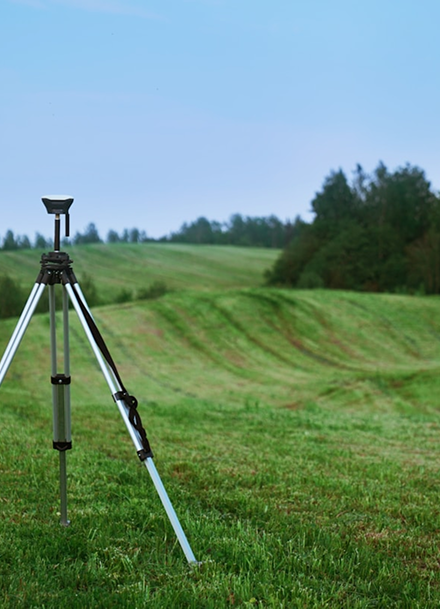
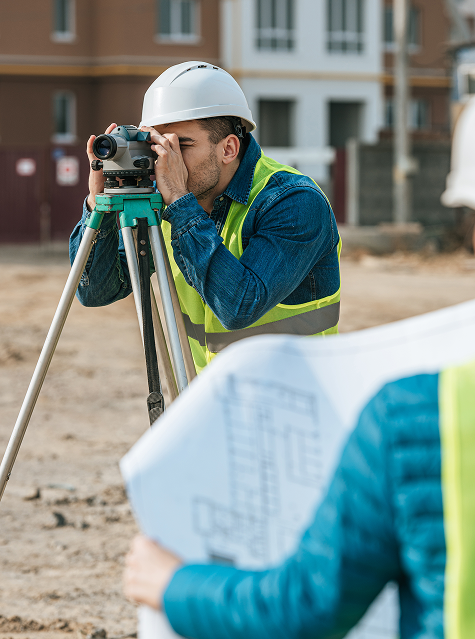
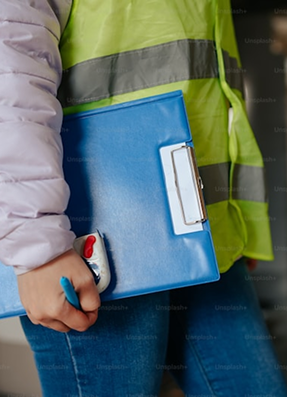
FAQ
What is photogrammetry?
What is drone photography used for in geodesy?
– creation of high-resolution orthophoto maps,
– 3D modeling of terrain and objects,
– creation of digital relief models (DTM) and surface (DSM),
– volumetric calculations (e.g. excavations, embankments),
– monitoring the progress of the construction site,
– making recordings for spatial plans and cadastral needs,
– monitoring changes in the field over time.
What are the advantages of drone photography compared to traditional surveying?
High resolution – Getting detailed and precise shots.
Access to difficult terrain – Safely capture inaccessible, steep or dangerous locations.
Cost savings – Lower costs compared to traditional methods for the same areas.
Multiple uses of data – The same data can be used for different analyzes and needs.
How accurate is drone photography?
– flight altitude,
– characteristics of the drone and camera,
– the method of flight planning,
…



